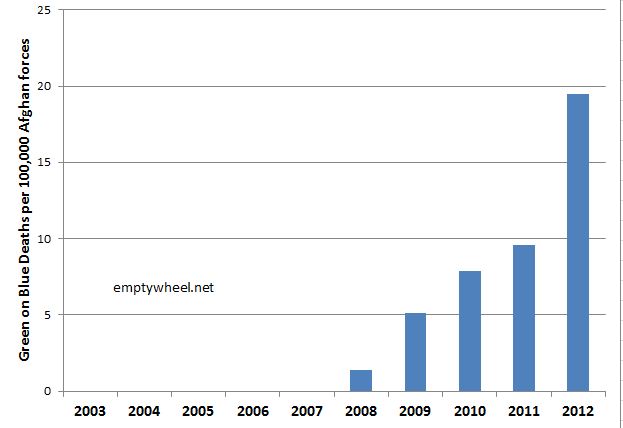General Dynamics: The Digital Tale of John & Jill and Dave & Paula
Gen. John Allen, the top American and NATO commander in Afghanistan, is under investigation for what a senior defense official said early Tuesday was “inappropriate communication’’ with Jill Kelley, the woman in Tampa who was seen as a rival for David H. Petraeus’s attentions by Paula Broadwell, the woman who had an extramarital affair with Mr. Petraeus.
In a statement released to reporters on his plane en route to Australia early Tuesday, Defense Secretary Leon E. Panetta said that the F.B.I. had informed him on Sunday of its investigation of General Allen.
Mr. Panetta turned the matter over to the Pentagon’s inspector general to conduct its own investigation into what the defense official said were 20,000 to 30,000 pages of documents, many of them e-mails between General Allen and Ms. Kelley, who is married with children.
Really, at this point, what can you even say about the secret storm soap opera that roils within the rarified brass air of the US Military? This was just the last hit for a night that saw the emergence of the Shirtless FBI Guy (now under investigation himself by the Office of Professional Responsibility at DOJ) to a nightime search of Paula Broadwell’s home by the FBI.
There are too many tentacles, evolving too quickly, to go too deep on all the facts that have rolled out even in the last twelve hours. But the General Allen/Jill Kelley bit is fascinating. Remember, the handful of emails Paula Broadwell sent to Kelley reportedly did not mention Petraeus by name. This latest report at least raises the possibility Broadwell was referring to an inappropriate relationship between Kelley and Allen, and not Kelley and Petraeus. I am not saying such is Read more →


